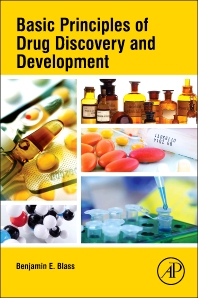LIMITED OFFER
Save 50% on book bundles
Immediately download your ebook while waiting for your print delivery. No promo code is needed.
Basic Principles of Drug Discovery and Development presents the multifaceted process of identifying a new drug in the modern era, providing comprehensive explanations of enabling… Read more

LIMITED OFFER
Immediately download your ebook while waiting for your print delivery. No promo code is needed.
Basic Principles of Drug Discovery and Development presents the multifaceted process of identifying a new drug in the modern era, providing comprehensive explanations of enabling technologies such as high throughput screening, structure based drug design, molecular modeling, pharmaceutical profiling, and translational medicine, all areas that have become critical steps in the successful development of marketable therapeutics.
The text introduces the fundamental principles of drug discovery and development, also discussing important drug targets by class, in vitro screening methods, medicinal chemistry strategies in drug design, principles in pharmacokinetics and pharmacodynamics, animal models of disease states, clinical trial basics, and selected business aspects of the drug discovery process. It is designed to enable new scientists to rapidly understand the key fundamentals of drug discovery, including pharmacokinetics, toxicology, and intellectual property."
BB